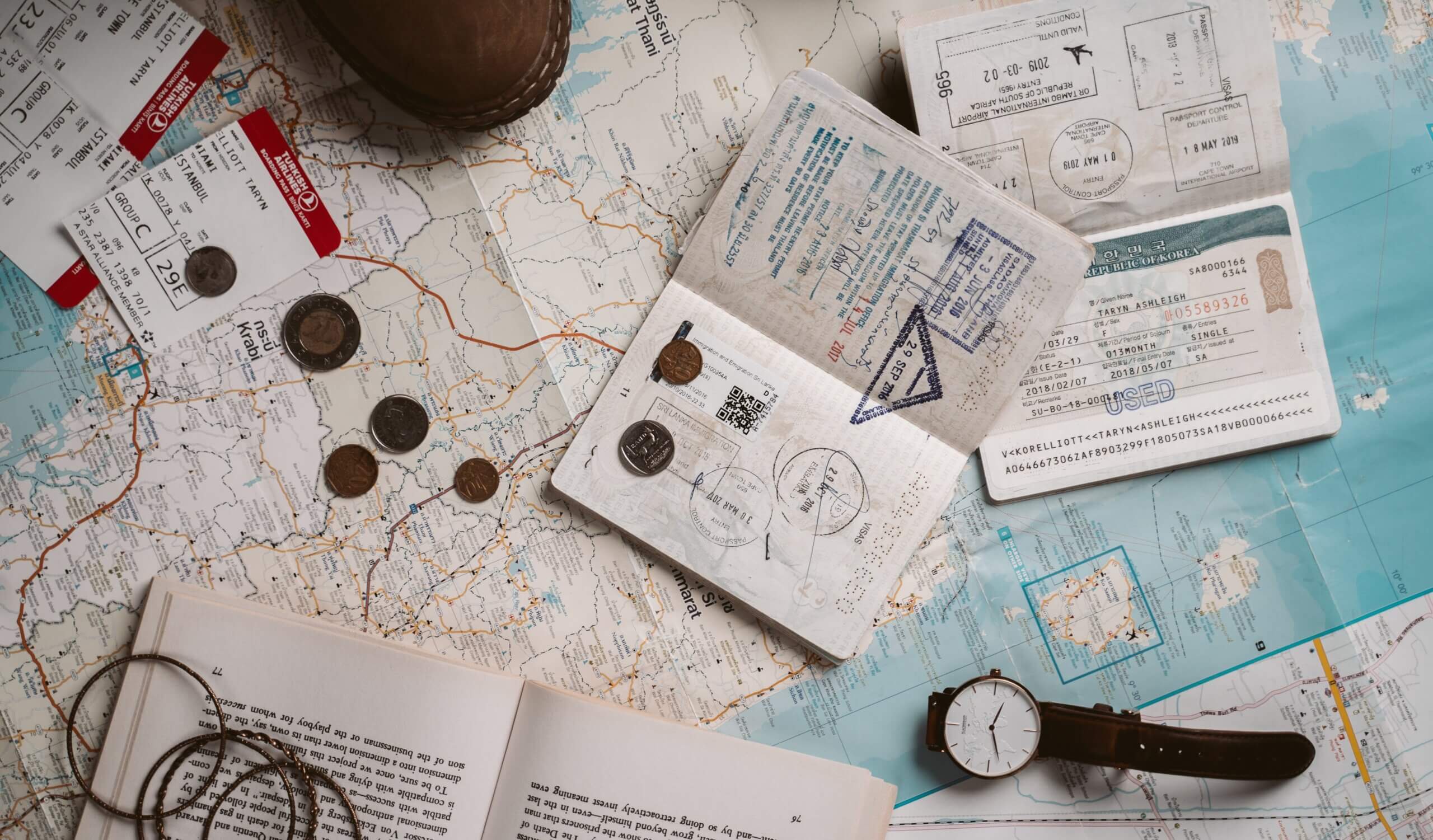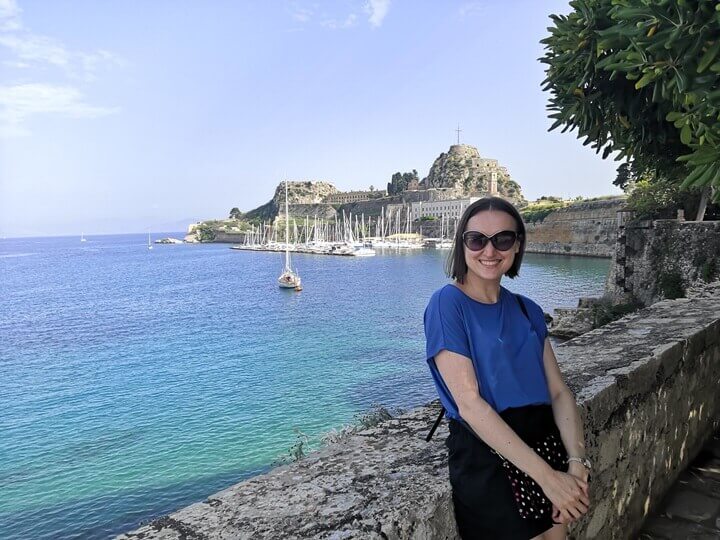How to Save Money for Travel: 10 Easy Tips
Most of us need to save money for travel, there is no way around this. However, I strongly believe that no matter what your financial situation is like right now, by living below your means and making smart financial choices, you can achieve your savings goals to finally take that dream trip.
Here are my top tips on how to save money for travel.
Reduce High-Interest Debt
We are currently living in a low-interest environment, where taking on debt is relatively cheap. However, some types of debt can be more damaging to your financial plans than others.
Credit card debt, car loans and payday loans are just some examples of higher interest financial products that can cripple your savings goals long-term.
Before committing to a serious travel savings plan, I highly recommend reducing, or if possible, completely eliminating high-interest debt. By doing so, you will ensure that your hard-earned cash serves you and your plans rather than helps someone else get wealthier.
Planning
In this life you can do anything, but not everything. It’s especially true when it comes to travel. There are so many things to see and do, it’s sometimes hard to know where to start. However, in order to successfully save money for travel, you need to have a good idea of the cost of your desired trip(s). Knowing exactly how much money to save will help you set a realistic timeframe and savings plan.
So think about which experiences you want to have in the future. For example, would you like to take frequent short trips to nearby countries so your adventures fit in well around your job or are you dreaming of an extended trip to an exotic destination?
Once you know where you’d like to go, research the costs and then calculate how much money you need to save every month. When you spread the cost of a trip by 6 or 12 months, it will probably seem a lot more achievable.
Create a Dedicated Savings Account
Once you know how much you need to save monthly, I recommend setting up a separate travel savings account. Personally, this is something that helps me to stay on track and avoid spending my travel money on something else.
On pay day, I transfer the money into my account almost as soon as it comes through. You can also set up a direct debit to automate this process and ensure that every month or week your savings pot grows a little more and you get a little closer to achieving your travel goals.
Review Your Current Expenses
When it comes to saving money for travel (or any other savings goal), you need to understand where your money goes. If you haven’t done this before, taking a closer look at your spending might feel a little uncomfortable at first.
You might realise you’re still paying for a gym membership that you haven’t used for months or re-discover a subscription service you forgot you had. Download your bank statements from previous months and go through your expenses. There are free apps like Mint that can help visualise your spending and track it more effectively.
Once you start tracking your spending, you will be able to take full control of your finances. This will ultimately help you save money for travel.
Set a Weekly/Monthly Budget
Full disclosure: I don’t have a weekly or a monthly budget. I have a good idea of what my regular expenses are (e.g. mortgage, bills and groceries) and a portion of my earnings gets transferred to my savings accounts on my payday.
The rest can be my ‘fun’ money. However, I do know a few people who swear by it. Basically, figure out how much money you need to spend on a weekly/monthly basis to allow for regular contributions to your travel savings account and stick to it. Easier said than done, of course.. A good old Excel sheet or an app can really help with this.
Reduce or Eliminate Unnecessary Expenses
Once you have a good idea of your regular expenses, it is time to decide what can be reduced or ditched completely in order to help you save money to travel. There are many ways to do this and you can be quite extreme if you need to drastically reduce your outgoings and get to your savings goal as quickly as humanly possible.
For example, you can move in with your parents or to a cheaper area or property to reduce your housing expenses. You can cook all of your meals at home, cancel your Netflix subscription and forget about new clothes or that moreish latte from your local coffee shop. Basically, meet your ‘needs’ and reduce your ‘wants’ and ‘nice-to-haves’. Such drastic lifestyle changes will definitely help you save lots of money for travel and get you on the road faster.
However, I do believe that if you approach your savings more like a marathon, rather than a sprint, it is important to ensure that your budget does leave some room for the things you enjoy, whether it’s a chai latte or your favourite yoga class. This is where prioritisation can definitely help.
What everyday experiences/things bring you the most joy? Ensure that these things stay in your life, albeit in a reduced format if required. For instance, I love food and trying new restaurants, but still cook most of my meals at home.
However, I do allow for two takeaways a week. On Fridays, I buy lunch at one of my favourite eateries in town. On weekends my husband and I go out for a meal. Our meal choices are normally quite sensible, so they don’t really make a massive difference to our savings long term. But they definitely make our everyday experience more enjoyable.
I believe it’s incredibly important to enjoy the journey as much as the destination. This approach has helped me to not only travel more, but also save for a house. However, to each their own and it’s best to understand what works for you. If you’re set on something and want to achieve it as quickly as possible, you might need to make bigger lifestyle sacrifices now in order to get that big reward later.
Sell Stuff You Don’t Need
If you’re like me, you probably have many old items (clothing, tech, books, etc) that you haven’t touched for years. Thanks to the internet, you can sell that stuff to make some extra money to boost your travel fund. Platforms like eBay and Facebook Marketplace are a good start for this.
Get a Rewards/Miles Credit Card
Travel credit cards can be incredibly powerful and help you get to your dream travel destinations faster. You can quickly rack up lots of miles or points with sign-up bonuses and everyday expenses. I have an British Airways American Express card and use it for my regular purchases such as groceries and clothing.
This might seem like a contradictory suggestion, considering my earlier point on reducing high-interest debt which includes credit card debt, but there is a caveat to this. To make the most of these cards and avoid getting into debt, I pay off my statement balance in full every month. If I don’t do that, I will have to pay interest which will eat into my future savings.
Be Savvy with Your Travel Expenses
Make your travel savings go further by being organised and taking advantage of deals and loyalty programmes. Start planning your trips early to book cheaper flights and accommodation. If you can, travel in the low season. If not, booking things far in advance can help you keep the costs down.
Sign up for the newsletters of your favourite travel companies and tour operators to receive regular updates. Nobody likes a cluttered inbox, but you may get an occasional deal that will help you get to your desired destination for less.
Ultimately, spend money on things that are important to you. I sometimes choose basic accommodation, but in a location which is close to the things I want to do. If I didn’t do that, I’d probably have to spend quite a bit on transport anyway, making the accommodation savings less meaningful.
Another example is low cost airlines. They offer affordable fares, but there are some things that you need to be aware of when using them. With low-costers, travel times and even airport locations at your destination can sometimes be awkward.
I feel that if I am only spending a couple of days at a destination, I might as well pay a little extra to arrive and leave at a time that works for me. Moreover, I don’t want to spend three hours travelling to and from the airport either. That would result in me spending even less time at my destination.
Earn More
No matter how much you save, there always comes a point when cutting your expenses can significantly reduce your quality of life. That’s why it’s important to not only look at reducing your spending, but also find ways of increasing your earnings.
You can try to negotiate a pay rise at work or maybe even consider changing jobs. It’s worth investigating these avenues to help you save money to travel.
Alternatively, could you pick up an extra shift at work or take up a part-time job on weekends? Or, do you have skills that can be marketed on freelance platforms like Fiverr or Upwork? If not, would you be willing to learn?
Coding, graphic design, social media management and many other skills are all in high demand at the moment. Learning one of these can help you earn some extra cash alongside your job. It may even help you establish an income stream that you can take with you while you’re travelling.
Hope you’ve found these suggestions on how to save money for travel useful. Saving money and making lifestyle sacrifices is hard. However, it will be worth it when you finally set foot in your dream destination.
I would love to hear your tips on how you save money for travel.
Enjoyed this guide on how to save money for travel? Bookmark or pin it for later.








